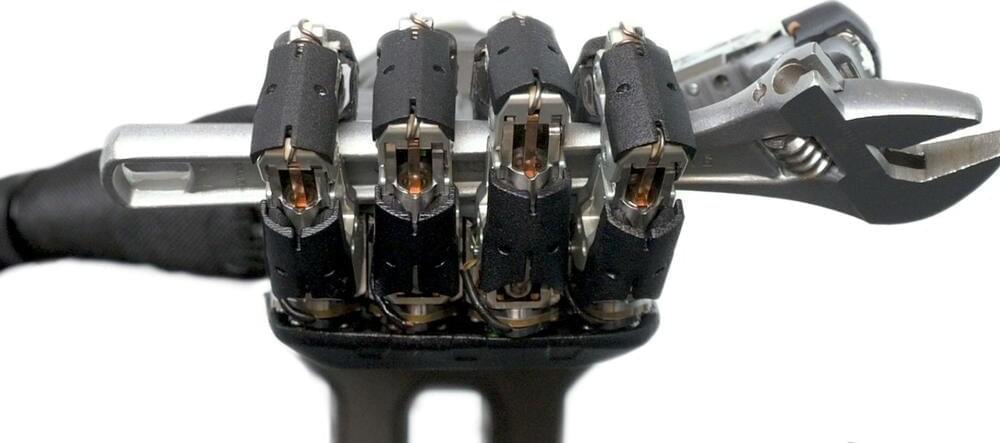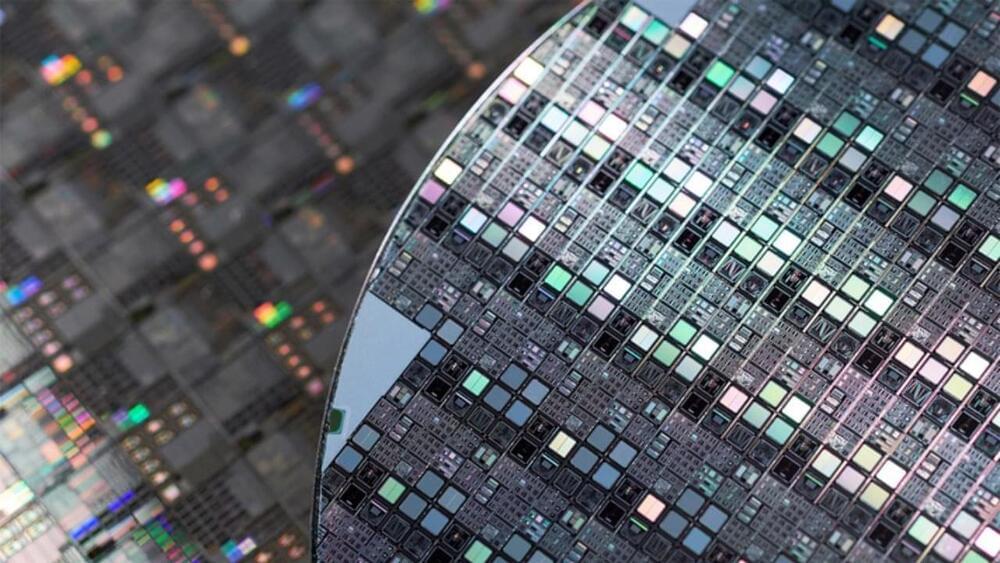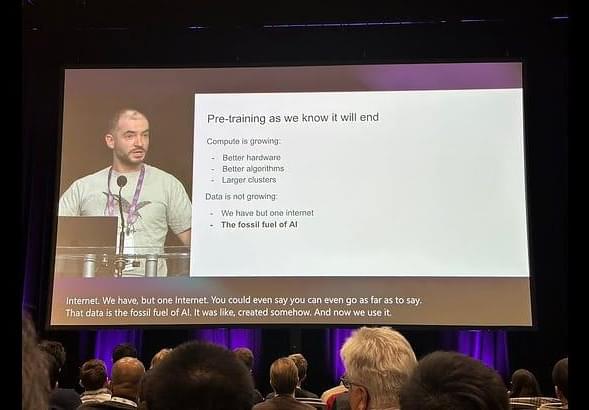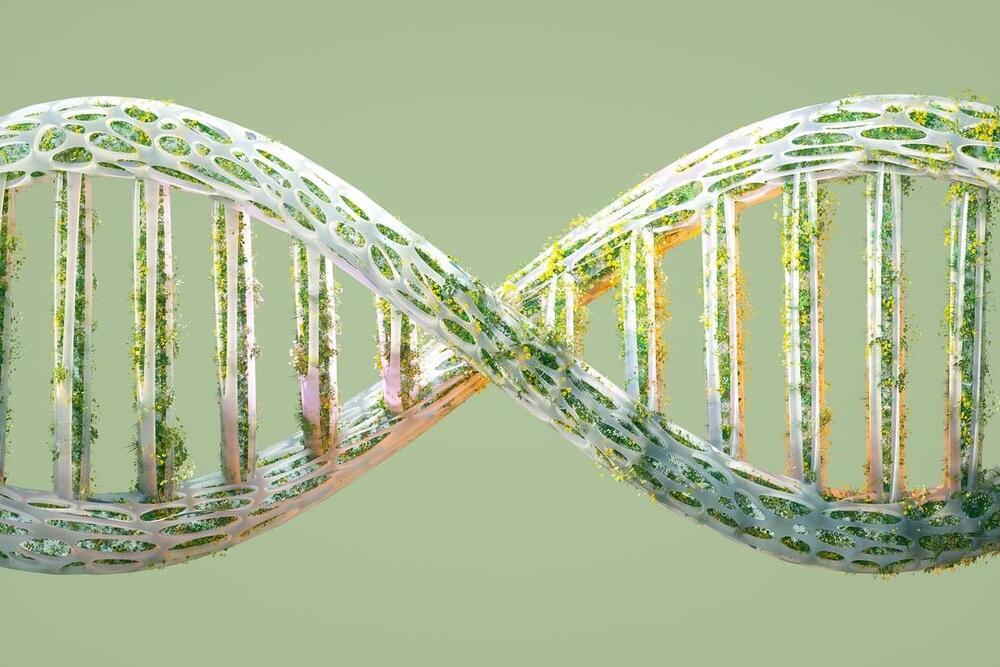It performs optimizations 10,000 times faster than well-established methods.



Robots can convince other robots to do something.
https://sc.mp/subscribe-youtube.
Erbai, a robot built by a Chinese start-up, was seen in August, in footage recently released, persuading other robots to flee from an exhibition hall and “go home”
Support us:
https://subscribe.scmp.com.
Follow us on:


After the successful completion of Phase 1 of the next-generation electronics program, the Defense Advanced Research Projects Agency (DARPA) has provided BAE Systems’ FAST Labs research and development organization a $5 million contract for Phase 2 of the Technologies for Mixed-mode Ultra Scaled Integrated Circuits (T-MUSIC) program.
T-MUSIC is designed to enable disruptive radio frequency (RF) mixed-mode technologies by developing high performance RF analog electronics integrated with advanced digital electronics on the same wafer. This technology supports critical communications, radar, and electronic warfare (EW) capabilities, and is widely used to support commercial telecommunications.
“Building on the success of Phase 1, in Phase 2 we’ll continue to develop the advanced electronics capabilities that could serve as the foundation for greatly enhanced Department of Defense capabilities in advanced RF sensors and high capacity communications,” said Chris Rappa, product line director for Radio Frequency, Electronic Warfare, and Advanced Electronics at BAE Systems’ FAST Labs. “Phase 2 of the program will move the industry closer to the eventual fielding of this disruptive technology to protect our warfighters.”


Breakthroughs in synthetic biology could create mirror versions of natural molecules, with devastating consequences for life on Earth.
By Simon Makin

Mosasaurs are extinct marine reptiles that dominated Earth’s oceans during the Late Cretaceous period.
Mosasaurs, extinct marine reptiles that dominated Earth’s oceans during the Late Cretaceous period, have fascinated scientists since their discovery in 1766 near Maastricht, Netherlands. These formidable lizards are iconic examples of macroevolution, showcasing the emergence of entirely new animal groups.
Michael Polcyn, a paleontologist from Utrecht University, has presented the most comprehensive study yet on their early evolution, ecology, and feeding biology. His findings, aided by advanced imaging technologies, provide fresh insights into the origins, relationships, and behaviors of these ancient giants.
Microorganisms produce a wide variety of natural products that can be used as active ingredients to treat diseases such as infections or cancer. The blueprints for these molecules can be found in the microbes’ genes, but often remain inactive under laboratory conditions.
A team of researchers at the Helmholtz Institute for Pharmaceutical Research Saarland (HIPS) has now developed a genetic method that leverages a natural bacterial mechanism for the transfer of genetic material and uses it for the production of new active ingredients. The team has published its results in the journal Science.
In contrast to humans, bacteria have the remarkable ability to exchange genetic material with one another. A well-known example with far-reaching consequences is the transfer of antibiotic resistance genes between bacterial pathogens. This gene transfer allows them to adapt quickly to different environmental conditions and is a major driver of the spread of antibiotic resistance.

University of Central Florida (UCF) researcher Debashis Chanda, a professor at UCF’s NanoScience Technology Center, has developed a new technique to detect long wave infrared (LWIR) photons of different wavelengths or “colors.”
The research was recently published in Nano Letters.
The new detection and imaging technique will have applications in analyzing materials by their spectral properties, or spectroscopic imaging, as well as thermal imaging applications.